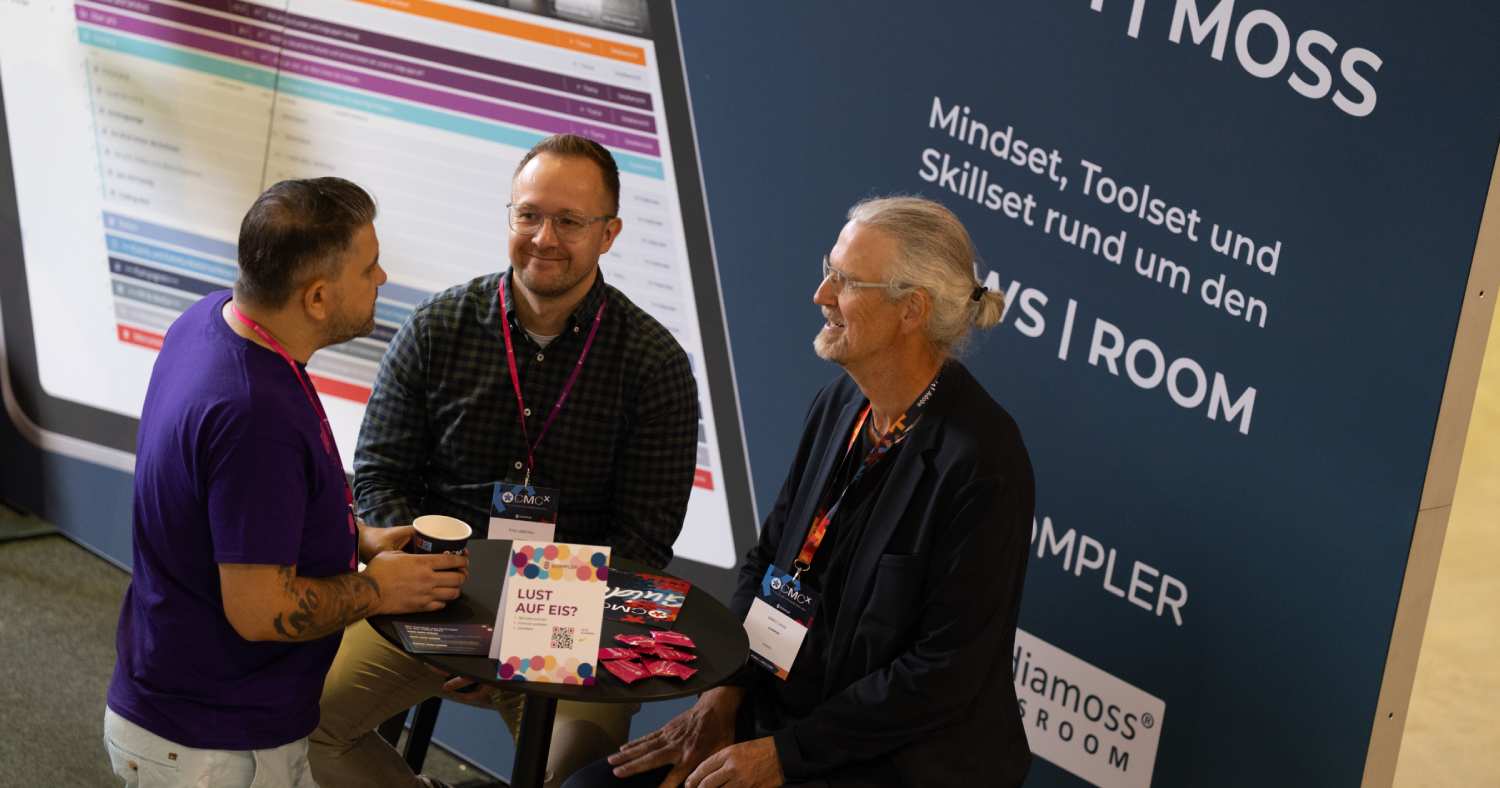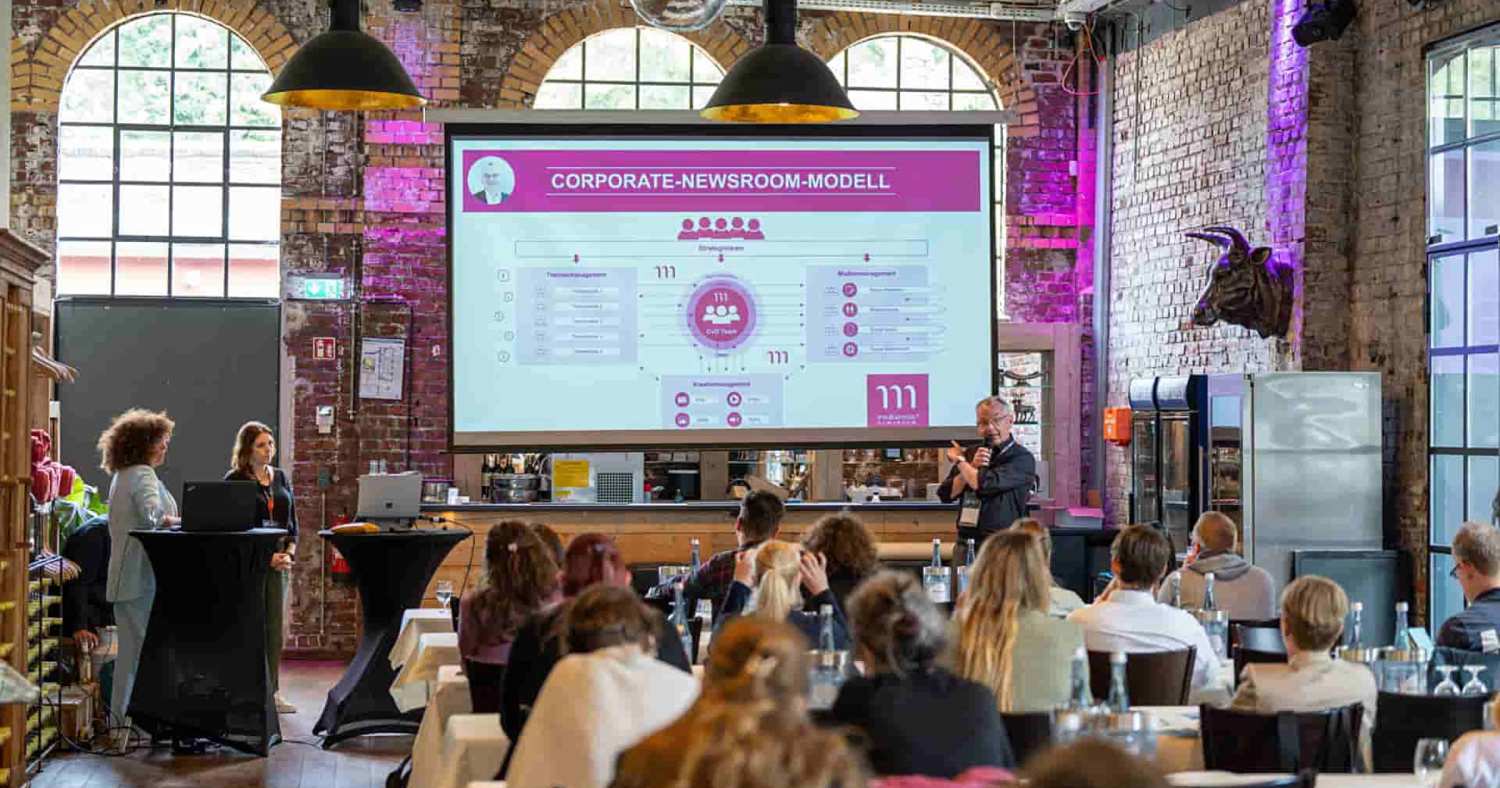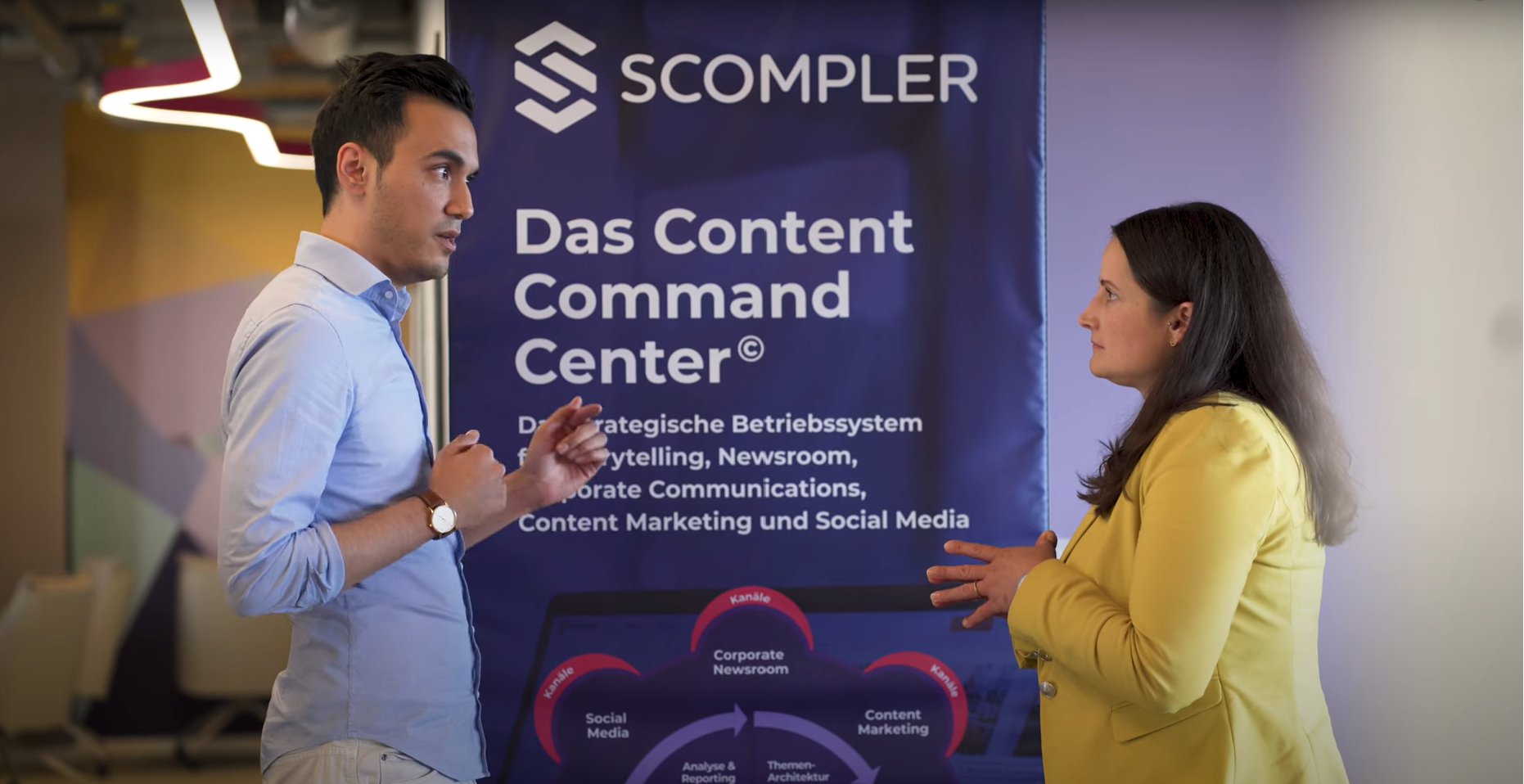What content strategy has in common with flying
,
Content strategy has a lot in common with flying, or rather an airplane... If you compare it with the different parts and processes that are necessary to make flying possible at all.
In one of my last blog articles about the idea of a "Minimum Viable Content Strategy", I explain content governance using the analogy of getting an airplane into the air. I also often use this image of flying an airplane in company onboardings when it comes to setting up Scompler as a content strategy & planning tool and getting it off the ground.
The analogy of flying can also be used to show the complexity of content strategies and their operationalization or implementation.
Implementing content strategies is like flying an airplane
Every day, the airplane revolutionizes the way we perceive our world. The airplane makes the world a smaller place by enabling us to get from A to B quickly.
What we as frequent flyers or tourists usually don't see (anymore): The airplane flight that we perceive as "normal" nowadays requires the interaction of very complex technologies and skills in order to get us to our destination safely and efficiently.
This can certainly be compared to the creation, implementation and tracking of a content strategy.
How do we take off (with all passengers on board)?
Before you board an airplane (or in our example, our customer reads our content), you yourself go through numerous unavoidable procedures and processes and you follow countless rules. You have to go to the airport, check in, go through security, be directed to the right waiting room and follow the instructions on shoulders and staff (i.e. UX / UI) until you take your seat on the plane.
The pilot (i.e. the "content strategist") (possibly with a co-pilot) takes care of communication with the control tower (i.e. the board or division manager), "check ups" and roadmap (target definitions in alignment with resources and good infrastructure / technology) until the start release.
The stewards and stewardesses (i.e. the content team) take care of the well-being of the passengers, knowing what happens when (customer journey) to get from A to B and aim to ensure that safety is maintained and that everyone on board feels comfortable (customer experience).
Who sits in the cockpit?
The pilot and co-pilot sit in the cockpit and are experts in bringing a complex structure safely to its destination. They must also communicate regularly with stewards and stewardesses (i.e. management of the content team), regularly forward the status of the flight route to the control tower, and occasionally speak directly to the passengers. If necessary, the roadmap or flight altitude must be adjusted (tactics), but the goal of getting from A to B remains the same (strategic goals).
The pilot and co-pilot sit exclusively in the cockpit and always keep an eye on the dashboard: not an easy task, but that's what it takes to fly an aircraft safely! Helpers such as the autopilot (technological helpers such as marketing automation, AI, bots, etc.) can simplify the job, but pilots and co-pilots are indispensable.

What happens during the flight?
It may not seem like it to experienced pilots, but in order to guarantee the quality and safety of everyone on board, there are clear rules and guidelines during the flight. For example, for stewardesses, how to deal with certain situations, e.g. in dialog with passengers (community management & customer service), in the event of turbulence (problems with products / services) or during take-off & landing (e.g. onboarding & offboarding of customers in a marketing context).
Good communication between the cockpit and stewards and stewardesses (internal communication) is essential in order to have everything under control even in unforeseen situations.
Implementing content strategies is like flying an airplane







